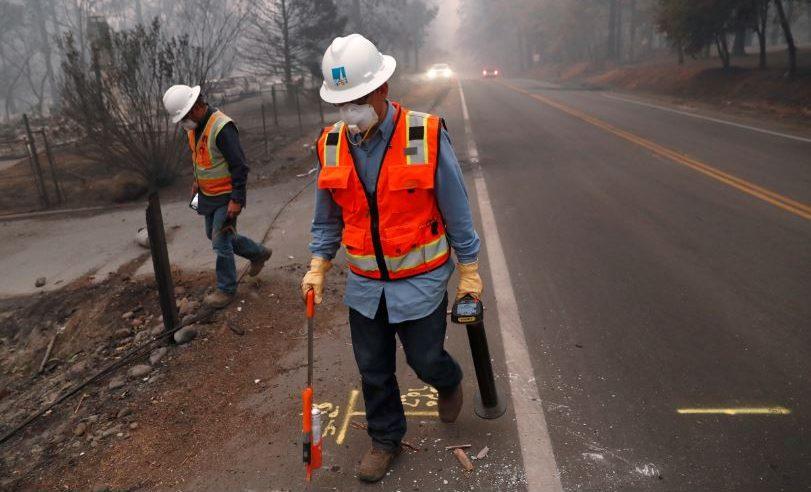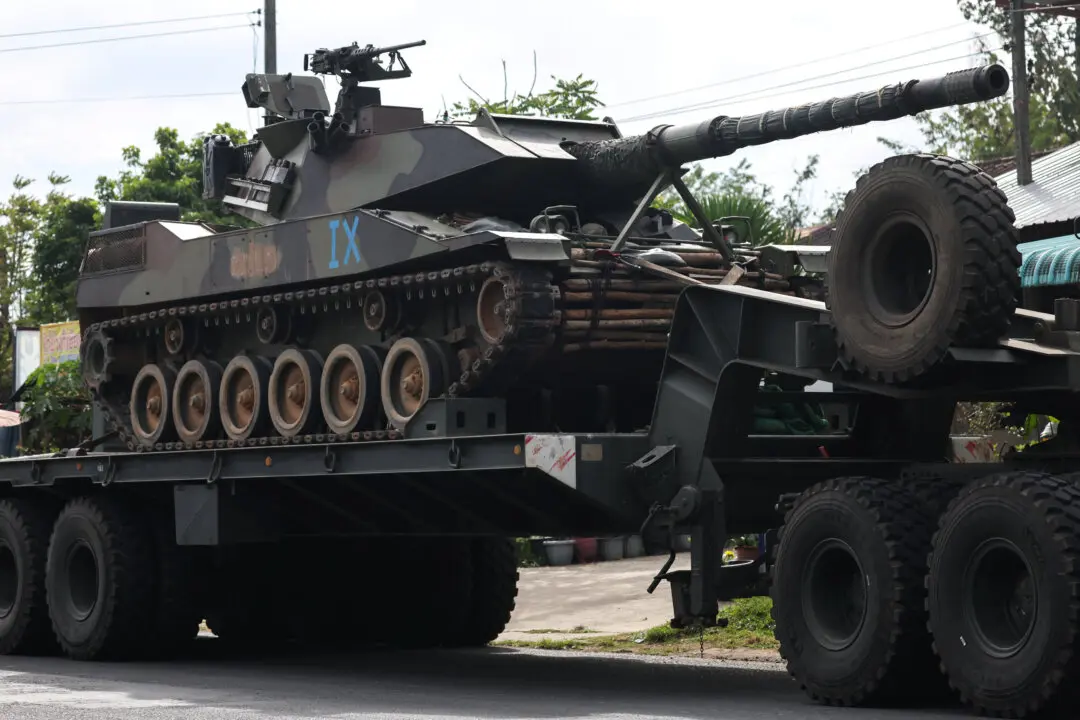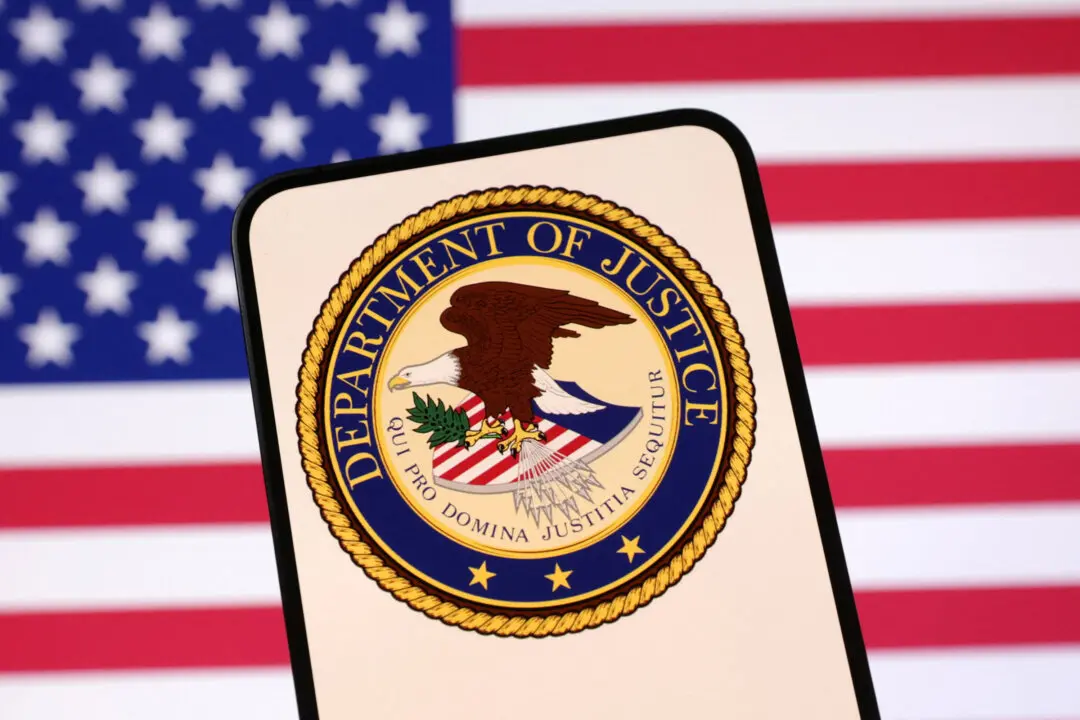PG&E Corp., owner of the biggest U.S. power utility by customers, said on Jan. 14 it is preparing to file for Chapter 11 bankruptcy protection as soon as this month amid pressure from potentially crushing liabilities linked to California’s catastrophic wildfires in 2017 and 2018.
PG&E, which provides electricity and natural gas to 16 million customers in northern and central California, faces widespread litigation, government investigations, and liabilities that could potentially exceed $30 billion due to the fires, the company said.





